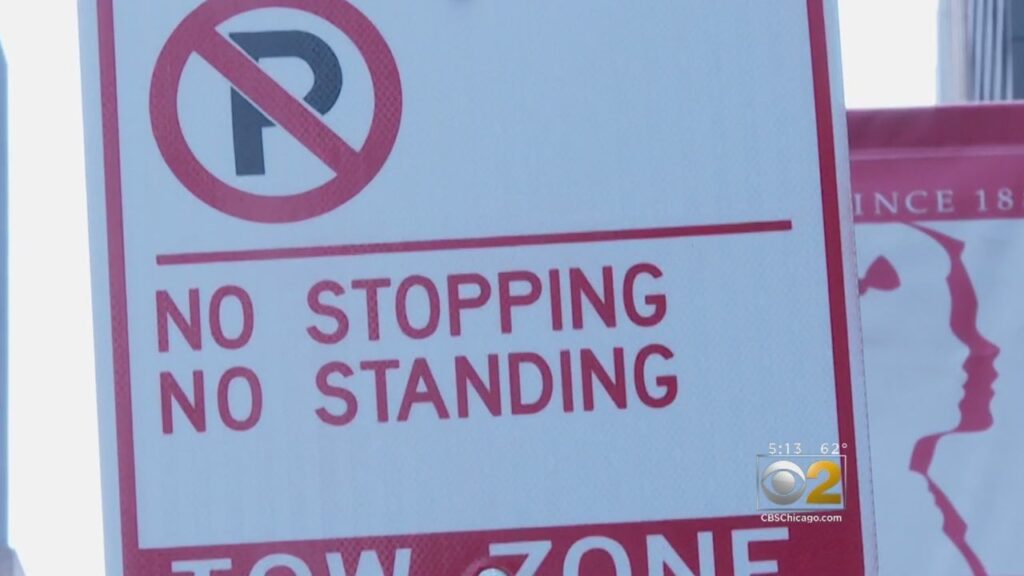Street signs are a part of daily life that we often overlook—until they cause a problem. From no parking to loading zones to time-limited stops, each sign has its own set of rules that, if misunderstood, can quickly lead to a ticket or a towed vehicle. Among the most commonly misinterpreted signs is the No Standing sign. While it might seem self-explanatory, many drivers are surprised to learn what it truly means—and doesn’t mean.
Let’s dig into what No Standing entails, why it exists, and how understanding it can save you from unnecessary fines and frustration.
What Does “No Standing” Actually Mean?
At first glance, No Standing might sound similar to “No Parking” or “No Stopping.” In reality, it’s a unique classification with its implications. When a street sign declares No Standing, it means that vehicles are not allowed to stop and wait in that area, even if you’re sitting in the car.
This rule applies regardless of whether you’re picking someone up, dropping someone off, or simply idling for a moment. In these zones, you’re only allowed to stop briefly and actively to load or unload passengers; no waiting is permitted.
Unlike “No Parking,” where you may be able to stop for a short time to load or unload goods or people, No Standing is stricter. And unlike “No Stopping,” where you can’t even pause your vehicle temporarily, No Standing allows a very brief stop but only for the specific purpose of picking up or dropping off passengers.
Why Do No Standing Zones Exist?
No Standing zones are typically implemented in areas that require a clear and uninterrupted flow of traffic. You’ll typically find these signs near intersections, fire hydrants, bus stops, or significant commercial or government buildings. The goal is to prevent congestion, allow emergency access, or maintain safety in high-traffic or sensitive areas.
By prohibiting vehicles from standing or idling, cities aim to:
• Keep intersections and crosswalks clear
• Ensure emergency vehicles have fast access
• Maintain visibility for other drivers and pedestrians
• Avoid bottlenecks in high-traffic areas
This seemingly strict regulation often plays a vital role in preventing gridlock and enhancing overall road safety.
Common Misunderstandings Around No Standing Signs
One of the biggest reasons people get ticketed in No Standing zones is due to confusion. Let’s break down some of the most common misconceptions:
“I Was Just Waiting for Someone”
Waiting in your car still counts as standing. Whether you’re texting your friend to hurry up or waiting for your kid to come out of school, the vehicle is considered to be standing if it’s stationary for any longer than the time it takes someone to hop in or out. Unless your passenger is already there, standing at the curb, and can enter the vehicle immediately, you’re likely violating the rule.
“I Didn’t Leave the Car Running”
It doesn’t matter whether the engine is on or off. The rule is about stopping the vehicle, not whether you physically left it. If your vehicle is not actively engaged in dropping off or picking up passengers, you’re in violation even if you never opened the car door.
“It Was Only for a Minute”
Unfortunately, time isn’t the deciding factor. Even if you’re there for just a few seconds, if you’re not actively loading or unloading a passenger, that stop could still result in a citation.
How to Avoid Violating No Standing Rules
Avoiding fines and tickets starts with awareness. Here are some simple tips to help stay on the right side of the law:
• Always read the entire sign: Sometimes, signs have time restrictions or exceptions you might qualify for.
• Don’t assume it’s the same as “No Parking” These are different rules with different boundaries.
• Plan your pickups and drop-offs in designated areas: Don’t rely on chance—know in advance where you’re allowed to stop.
• Be alert in busy regions: If you’re near a hospital, school, or government building, check for signs before stopping.
It’s also worth noting that enforcement officers are usually quick to ticket vehicles in these areas because they are seen as critical for traffic management and public safety.
The Bigger Picture: Respecting Shared Space
Rules like No Standing might feel inconvenient at times, but they’re designed with the community in mind. By keeping these zones clear, cities make it easier for buses to stay on schedule, emergency vehicles to perform their duties, and pedestrians to cross safely. When drivers respect the rules, everyone benefits from smoother, safer streets.
So next time you’re tempted to pull over in a No Standing zone “just for a second,” remember: even shortstops have consequences. Understanding the sign isn’t just about avoiding a fine, it’s about playing your part in a much larger system of order and safety.
Final Thoughts
Urban environments are fast-paced, and navigating them can be a stressful experience. But knowing the rules especially when it comes to No Standing zones can make a huge difference. Whether you’re a daily commuter, rideshare driver, or occasional city visitor, taking the time to understand street signs will not only save you from fines but also contribute to a safer and more efficient flow of traffic for everyone.
Enjoyed this? Share this post with fellow fans and influencers, and be sure to check back regularly for the latest updates, insights, and news on all things simpcity!
